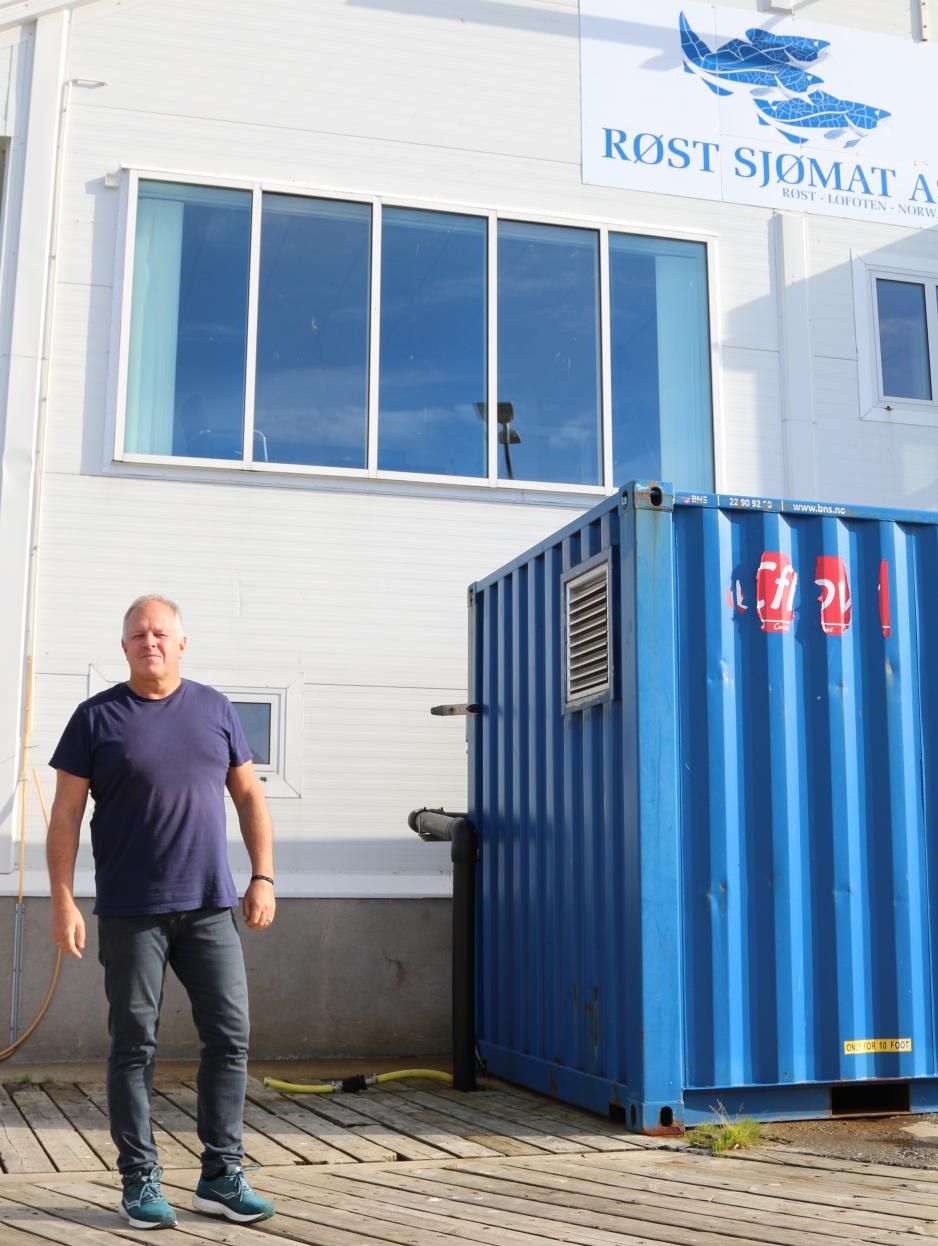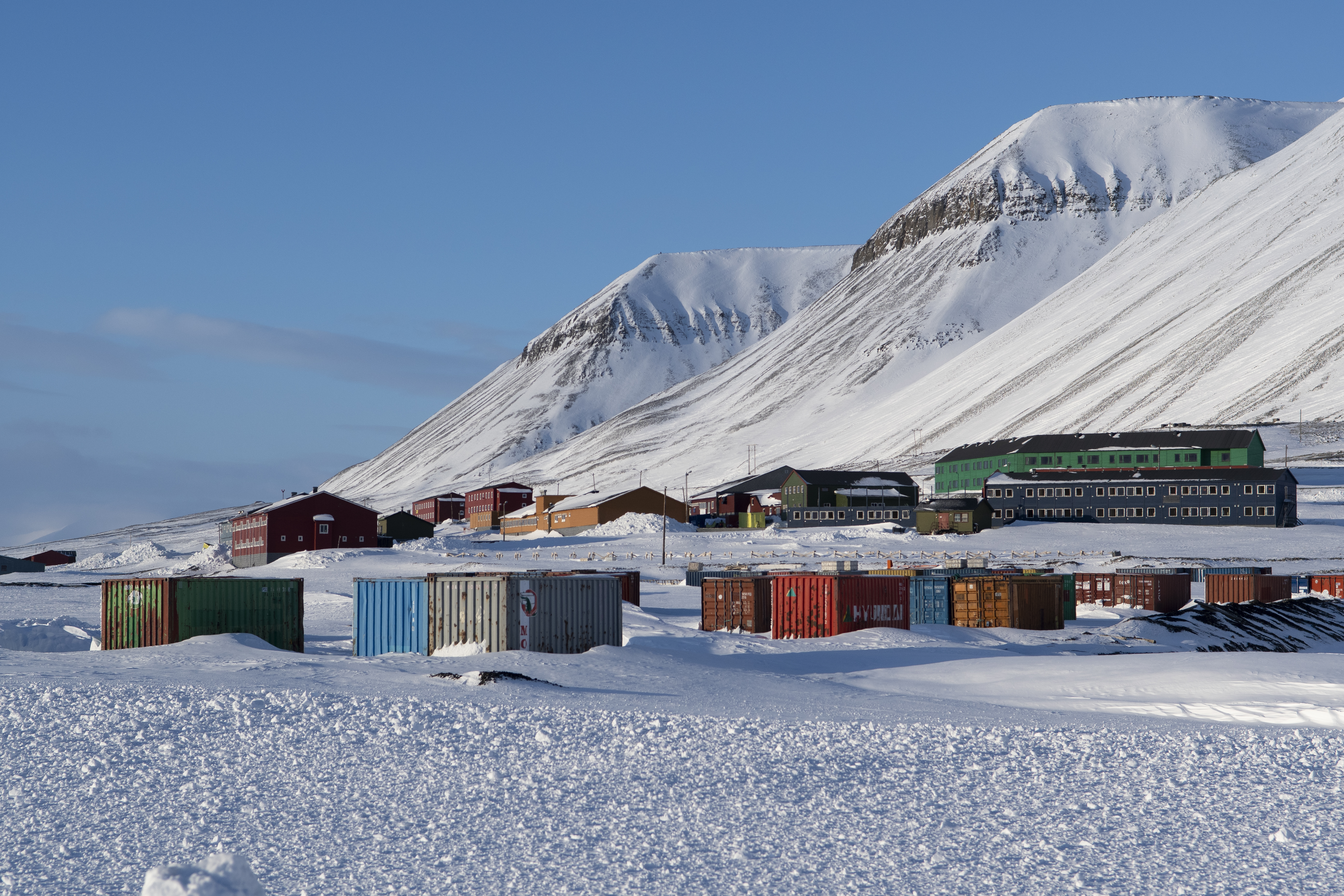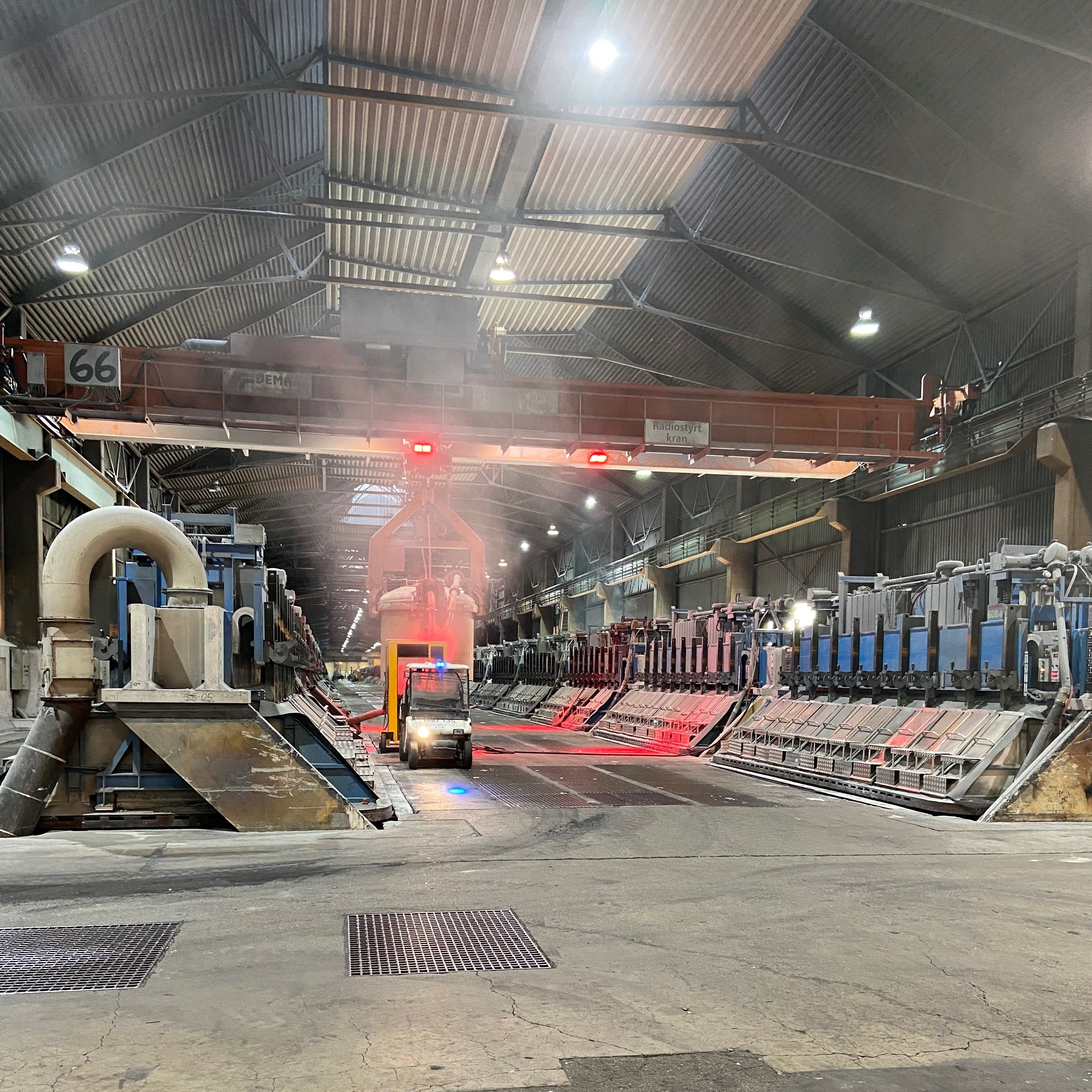They are few. They live on islands far out in the Atlantic. Now, they are selling fish for nearly € 10 million. Come with us to Røst.
Last year, the pandemic reduced international demand for stockfish and it became harder for producers to sell their fish, in particular to Italy. Now, however, stockfish producers in Røst prepare for a new and better export season. Join High North News to the island municipality in the Lofotens, Norway.
There is not a fish in sight on the racks in Røst when High North News comes to visit the Arctic island community in September.
It has already been months since the dried cod was picked down and taken in by the stockfish producers on the tiny archipelago separating the Vest Fjord from the remainder of the Atlantic Ocean.
Fresh fish is hung on racks – hjell – during the famous Lofoten fisheries in the period January to March every year, and it hangs there for about three months.
It is thus picked down before or in early Summer.
When High North News visited Røst earlier this year, in May, there were some six million tons of cod hanging on the hjells.
A new export season
All is calm and quiet along the roads of Røst, despite a few cars driving by once in a while. And the sound of seagulls.
Steep mountains rise from the clear blue-green ocean around the islands.
Down at the wharfs, workers at the fish landing plants go about their day. Right now they are preparing this season’s stockfish sales. Trailers arrive with the ferry from Bodø and inside the big halls, vast amounts of stockfish stabled on wooden pallets fill the rooms.
Most of the fish is off to Italy, which this year too is waiting for this goods to be brought south from the old, famous fishing village along the Arctic coast. Stockfish from Norway is very popular in Italy and is considered one of its national dishes.
Sending out test lots
Inside the buildings of Røst Seafood, preparations are well underway for this year’s stockfish exports. Fish is sorted and packed.
“Five of this year’s test lots are now to be sent to our Italian customers”, says Chairman of the Board Geir Børre Johansen of Røst Seafood and Glea AS.
The fish is transported with trailers all the way down to Italy, where importers get to have a look at this year’s catch.
The main amount of sales goes out between October and January. Almost 90 percent of the stockfish produced by the two companies goes to the Italian market, which is the largest market for Norwegian stockfish, measured by value.
“We now have approximately 250 tons of stockfish in store here, and some 200 tons at Glea, and all is to be sold on the market”, he says while we stand and look at the enormous amounts of fish in store.
The two companies sell stockfish and dried fish products for nine to ten million Euros annually.
A full truck of stockfish weighing about 15 tons is worth approximately 300,000 Euros, Johansen explains.
Cautious customers
Johansen says their smaller customers have been more cautious about buying stockfish throughout the past year. The turnover of Røst Seafood and Glea dropped with 32 and 45 percent, respectively, from 2019 to 2020.
Italy was, as is generally known, hard hit by the pandemic and traditional outlets for stockfish, such as fish markets and restaurants, were shutting down throughout the year in 2020. In a former interview with High North News, the chairman explained that this year, they are producing less stockfish than in a normal year, yet production volumes are higher than last year.
Chairman and owner Geir Børre Johansen of Røst Seafood looks at this season’s stockfish. Co-owner and brother Tore Ivar Johansen is the general manager of the family company.
“Last year, when the pandemic hit, we sold less than half of what we use to in the pre-Christmas season.”
However, the company managed to sell off almost all its stored fish from 2020 during the first quarter of this year.
The quality sorter
Stockfish is stabled on wooden pallets and on shelves until just beneath the roof in many of the rooms. The stockfish smell will definitely follow the journalist back to the mainland.
In one of the rooms we find Gustav Johansen, surrounded by stockfish. He has worked as a stockfish sorter with Røst Seafood for 21 years.
Being a professional sorter, a vraker, he goes carefully through enormous amounts of fish and sorts the fish into a total of 20 different categories, each with its own Italian name, based on a.o. weith, length and smell.
For High North News’ journalist as well as most other people, the odor from the stockfish is the same wherever you go. For an experienced man, like Johansen, it is easy to smell your way to the right quality.
“The Italian customers are picky about their quality”, Gustav Johansen emphasizes.
Special conditions
The quality of stockfish is decided a.o. by the time it spends hanging on the hjell as well as on temperature. The weather conditions in Røst have been optimal for stockfish production for ages.
“Perhaps many believe that the fish should have the least amount of downfall possible when hanging on the racks. However, the fish getting wet and drying out again is actually good for quality. Nor should there be too much frost. Mild winters, like we have here, are favorable”, the chairman says.
There are rarely temperatures below zero degrees Celsius in Røst in winter. Likewise, summers are usually also mild.
“However, we have noticed changes to the weather, in particular after 2002. Winters have been wetter, more unstable and shorter, and summers have been dryer.”
“The window of time during which we can hang the fish has thus been shortened”, he adds.
.
The important winter months
Fisheries around Røst have also changed over time. There are, amongst others, fewer people who chose to become fishermen, according to Johansen.
The fish buyer says that when he grew up in the 1970s and 1980s, there would be three to five people of each year group in school who became fishermen. Today, there is perhaps just one every third or fourth year.
Less fish landed
Johansen shows us a picture on the wall inside the hall, dating back to 1918. Boats were lined up side by side to sell and offload their fish during the annual Lofoten cod fishery.
“Back then, there were 16,000 fishermen, but not enough plants to receive all the fish”, he says and continues;
Today, there are fewer fishing vessels around the archipelago, and less fish is landed.
“One of the reasons for this is the structuring of the fishing fleet, which has led to an accumulation of several fish quotas in one single vessel. It has also led to fewer vessels belonging locally”, he adds.
For vessels and quotas to end up outside the municipality is not just a problem for Røst, but all along the coastline.
The trend in fisheries in which quotas are accumulated in fewer and larger vessels was one of the issues highlighted by the Norwegian Office of the Auditor General in its 2020 report, previously covered by High North News. It describes how the sum of changes in the quota system has had negative consequences for fishery-related activities in many local communities.
“There is a struggle to get enough raw materials. There are fewer sellers, and we therefore have to adjust our production. That also forces us to buy from other landing plants, which of course is a bit more expensive.”
In the winter season, when almost 90 percent of fish landings take place, it is very important for the company to acquire sufficient raw materials to secure its stockfish production and activity for its staff for the rest of the year.
“Røst is incredibly dependent on access to fish in winter. This is when the foundation is laid for the rest of the year and creates activity for the second half of the year. With no stockfish, most of us would struggle to hold on to experienced and well-qualified workers. However, stockfish is the one conventional product that has had the best profitability and yield”, he says.
This year’s export season
The foundation is thus laid in winter. However, today the company is first and foremost preparing for the upcoming export season.
What are you thinking about this year’s stockfish sales?
“We believe this year’s season will be better than last year’s – which really does not take much! With the opening of the restaurant market in Europe, consumption is likely to resume its pre-Covid levels. It remains to be seen whether customers have been lost along the way, and whether or not purchasing power is on the same level as before the pandemic broke out.”
“The Norwegian currency is still relatively weak, however, it has increased by some five percent compared to this time last year, which is good in particular for the fish industry, as it sells all its products on the international market. So, we can just hope that the new political regime in Norway will be as focused on the EEA agreement as the previous one was, which has provided stable framework conditions for decades now”, he says in closing.




